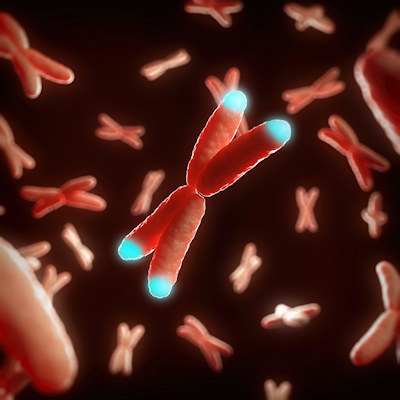October 6, 2022 -- Duke University researchers have used an RNA-based editing tool to introduce proteins into specific types of cells, such as particular neurons, which they contend could potentially enable modifying very specific cells and cell functions to manage disease.
In an October 5 article in the journal Nature, the researchers described the development of a selective cell monitoring and control system based on the adenosine deaminases acting on RNA (ADAR) enzyme. The system, CellREADR (cell access through RNA sensing by endogenous ADAR), is a customizable string of RNA made up of three main sections: a sensor, a stop sign, and a set of blueprints. CellREADR targets cell types based on their RNA signatures.
Duke neurobiologist Z. Josh Huang, PhD, who led the project with postdoctoral researcher Yongjun Qian, PhD, explained the implications of the technology for biomedical research and drug development in a statement.
"We're excited because this provides a simplified, scalable and generalizable technology to monitor and manipulate all cell types in any animal," Huang said. "We could actually modify specific types of cell function to manage diseases, regardless of their initial genetic predisposition. That's not possible with current therapies or medicine."
The first step in the use of the system is the identification of RNA that is only produced by the targeted cell type. Then, the team designs a sensor sequence that will join with the targeted RNA to create a piece of double-stranded RNA. The combination of the sensor and target RNA sequences triggers the ADAR enzyme, a cell-defense mechanism that edits double-stranded RNA.
ADAR edits a single nucleotide of the inspected RNA. Qian designed the stop sign, which prevents the protein blueprints from being built, using the same single nucleotide that is edited by ADAR. As such, the protein blueprints can only be read by the cellular machinery after the sensor has docked with the target RNA and caused the ADAR enzyme to remove the stop sign.
Viral delivery enabled the researchers to get CellREADR to target cells in the brains of mice and rats, and to ex vivo human brain tissue. In mice, the successful delivery made it possible to record and control specific groups of neurons.
The researchers used the system to label specific types of brain tissue with fluorescent tags, to insert a light-sensitive switch that silences or activates neurons and to add a self-destruct enzyme that eliminates the targeted cells. Based on the early successes, the researchers believe CellREADR is generalizable across organ systems and species and has wide applications in biology, biotechnology, and programmable RNA medicines.
Copyright © 2022 scienceboard.net










